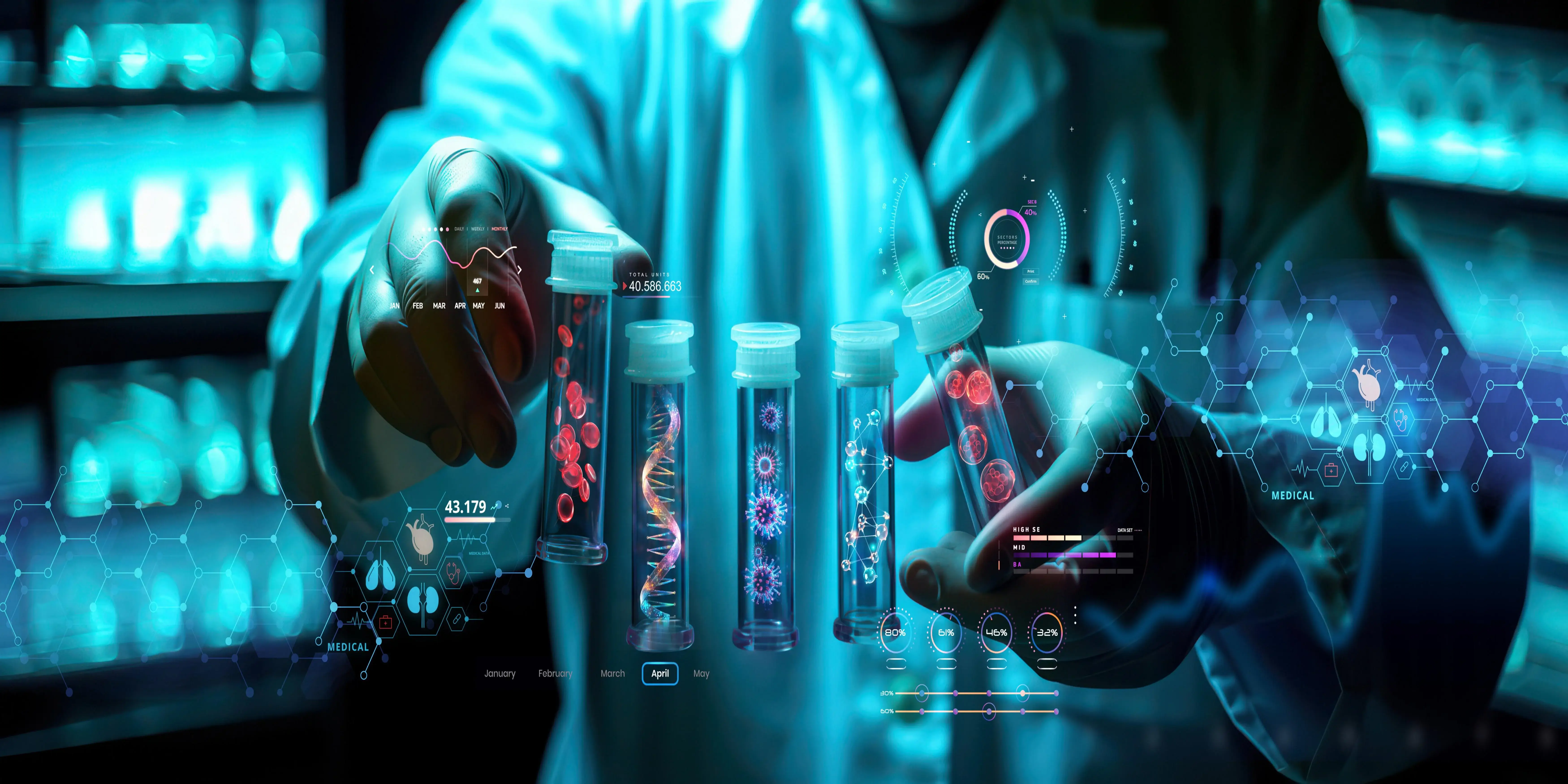The whole process of drug development is very complex and takes much time, bringing scientific discovery into medicine safety and efficacy. Such a process will involve rigorous testing, regulatory oversight, and a lot of financial cost. Knowing the steps in drug development allows us to understand the innovations and challenges that have led to the current medicine.
Discovery Phase
The purpose of the discovery stage is to find drugs with suitable properties by means of a number of methods, including computer modeling, rapid screening, and knowledge about the causes of disease. Overall, it is aimed to find substances that have efficient interactions with biological targets associated with some diseases.
Preclinical Testing
After establishing a lead compound, that compound is tested in preclinical research. This encompasses laboratory and animal-based research into the pharmacology, pharmacokinetics, toxicity, and potential efficacy of the drug. The successful results of the preclinical studies are a prerequisite to continuing with human studies.
Clinical Trials
The safety and dose would first be tested under Phase I of the clinical trials, whereas the level of efficacy along with side effects would be assessed in Phase II, and in Phase III, the new medicine is compared with the currently existing therapies in an increased population. All these stages aim to gather critical information that needs to be submitted to the concerned regulatory body.
Submission of New Drug Application (NDA)
A New Drug Application (NDA) is filed by the drug maker and contains all clinical trial data, animal study data, manufacturing data, and suggested labeling. This extensive document enables the FDA to examine the advantages and disadvantages of the medication.
FDA Review Process
The evaluation process for the FDA is quite strict: it might involve discussions with advisory boards, further data being requested, or the manufacturing sites being inspected. Even though the review period varies, the standard review process for the FDA expects the agency to arrive at a conclusion within ten months.
Post-Marketing Surveillance
After receiving approval, a medicine is put on the market but requires Phase IV trials or aftermarket monitoring. The purpose of this continuous monitoring is to find any uncommon or long-term negative effects that might not have been found during clinical trials.
Challenges in Drug Development
High Financial Costs
Research, development, and regulatory costs can send the cost of manufacturing a new drug into the billions of dollars, over $2 billion. Because of such high costs, venture capital firms often have to team up with pharmaceutical companies.
Very long development timelines
Such a long process may lead to the failure of drug candidates at some stage. In fact, the development process could last as long as ten years in total. These failures occur because of unsatisfactory results from a trial, regulatory barriers, or a need for further research.
High Failure Rates
Approximately 90 percent of potential drugs never make it to market, mostly because of safety or effectiveness issues. The complexity of drug development and the requirement for thorough preclinical and clinical testing are highlighted by this high attrition rate.
Recent Advances in Drug Development
Personalized Medicine
In the concept of personalized medicine, treatments are more specifically targeted and effective since every patient's care is tailored by his or her specific genetic makeup. This approach enhances results for patients and maximizes opportunities for success in clinical trials.
Artificial Intelligence in drug discovery
In drug development, AI technologies have started to be applied widely in the analysis of large datasets, prediction of drug interactions, and shortlisting of candidates much faster than through traditional approaches. The development schedule may thus be shortened significantly.
Regenerative Medicine and Gene Therapy
At the leading edge of medical innovation are regenerative medicine and gene therapy, offering promising, novel treatments for diseases that have long been regarded as untreatable. These treatments offer hope to revolutionize the treatment of disease and accelerate the discovery of new drugs.
Conclusion
While developing the drug is complex and associated with many challenges, it is also full of possibilities for creativity and learning. The process for bringing new medicines to people will change as science and technology develop to bring further improvements in health for everyone on the planet.



